Inland NH-90 Search And Rescue practice with graduation exercise
Authors: Benoit Denet & Martin Gillet, reporting from Tournai diving site.

December 8th, 2020, the well known NH-90 Search And Rescue (SAR) from the 40th Squadron based in Koksijde performed a local practice in Tournai, using the Barges Quarry. This practice included a graduation exercise for a diver. The exercise was initially planned and introduced on Monday, December 7th, 2020 by Minister of Defence Ludivine Dedonder along with Mayor of Tournai Paul-Olivier Delannois, Koksijde Base Commander Lieutenant-Colonel Stéphane Roobroek & Squadron commander, Major Steven Boxberger ‘Box’. Due to poor weather conditions -safety first-, the exercise was postponed to the next day.

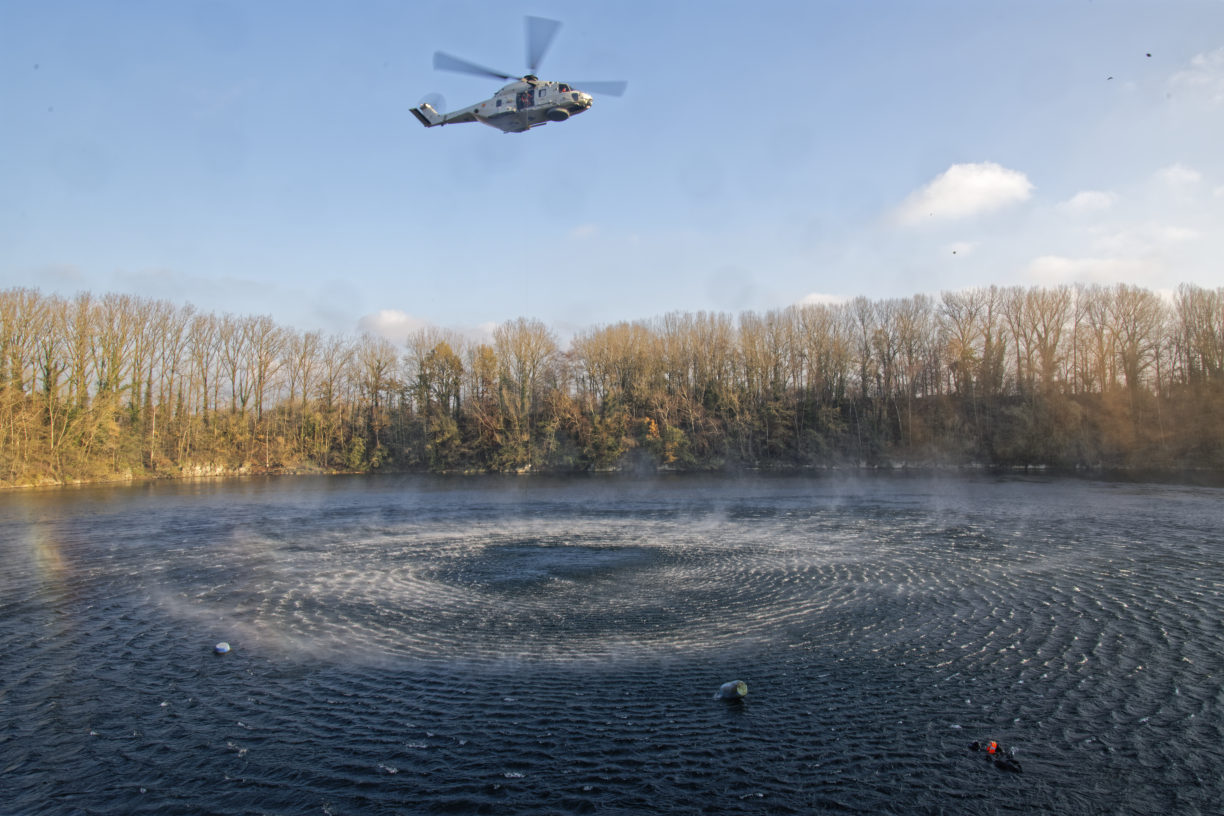
Location : Barges Quarry, Tournai (Belgium). Former cement factory.
The Barges quarry (“Pont de Rieu”) dates from the 19th century, one of the most important in Tournai at that time. This is the Delwart quarry which required the diversion of the ancient Roman road.
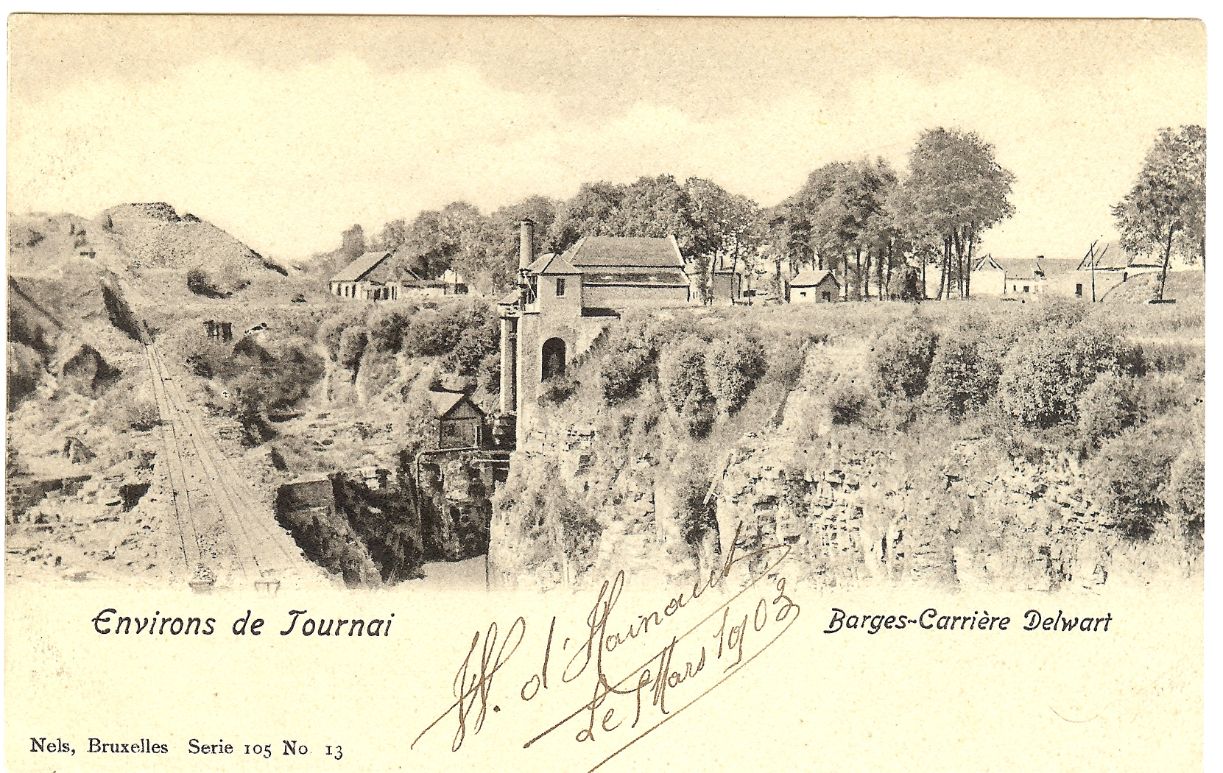
The Delwart cement factory was founded in 1881; at that time it was only for extraction in an open-pit limestone quarry. However, in 1926 buildings as well as traditional and vertical ovens were constructed. In full swing, this company gave work to nearly 170 people and produced artificial Portland cement.

In 1954, the quarry was totally submerged and became unusable. The company was then bought in 1957 by “Compagnie des Ciments Bataille” before closing its doors for good in 1962.
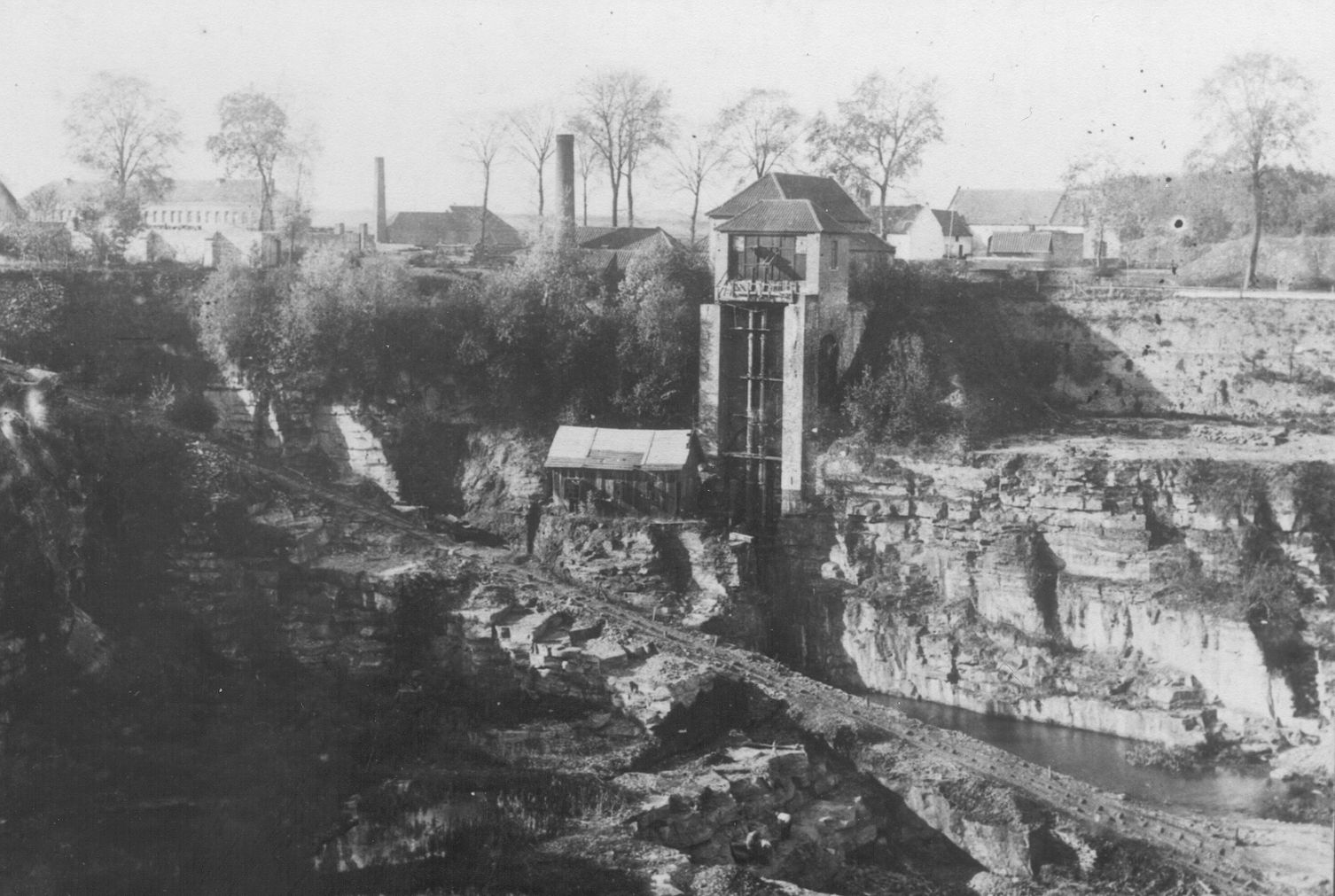
The “Association Tournaisienne de Plongée” (Diving Association) now aims to manage sports diving in the quarry. (Source : Ottignies LLN Diving School).
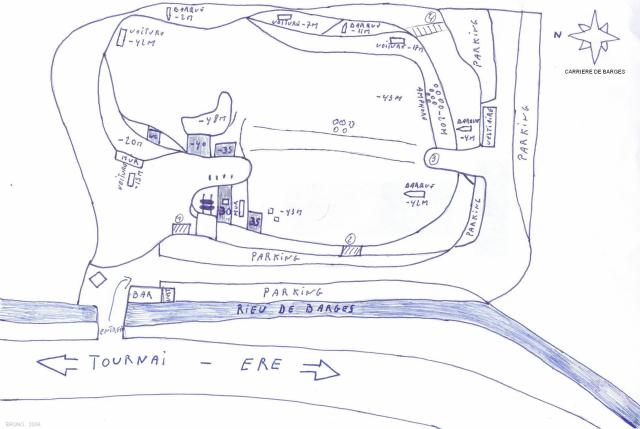


SAR practice mission with diver graduation exercise: Excerpts from the Belgian Defence & the local Authorities.
Ludivine Dedonder, Minister of Defence: “It is important that the Belgian Defence maintains its role of aid to the nation, especially within the framework of these SAR (Search And Rescue) missions. This is the case when the rescuers of the 40th squadron from the Koksijde Air Base are called upon to intervene at sea to save swimmers in distress in collaboration with the civilian rescue services, the police and the firefighters. The squadron also performs a number of other missions, such as transporting serious burns and organs. It is also involved in more specific operations linked to the Navy.
Minister Dedonder also highlighted that the media coverage of this type of showcasing and demonstrations is a way of arousing vocations, knowing that the Belgian Defence is (actively) recruiting within a hundred different department. However, be aware that if you want to join the diving team, you will need to undergo approximately two years of training, including 35 hours of flight time as a lifeguard. A quality which requires an unfailing physical condition and a great speed of intervention, while respecting maximum safety. “
Squadron commander, Major Steven Boxberger: “We have eight NH-90s in Belgium, four in TTH version and four like this in NFH version. We decided to reduce the number of flying hours per year for the simple reason that we do not have enough personnel at the technician level.
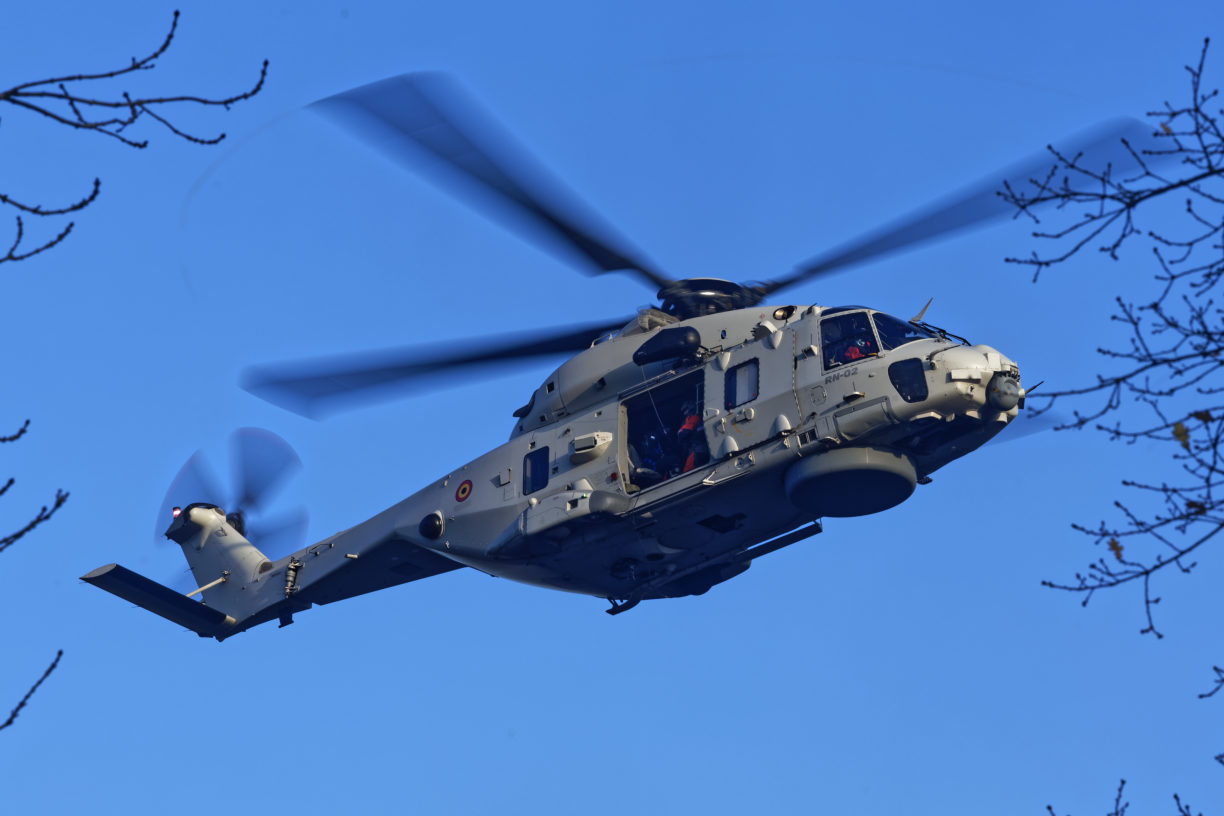
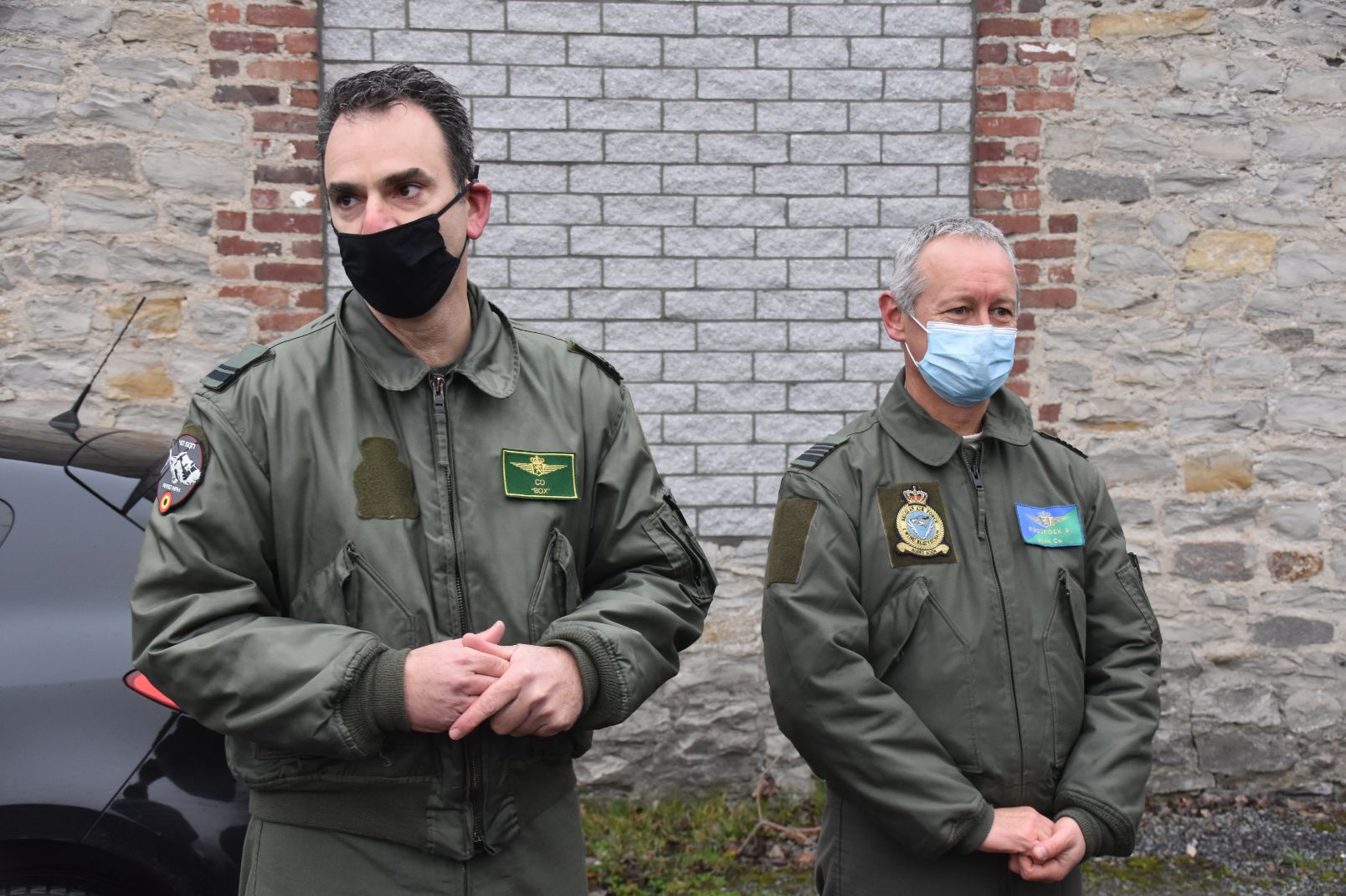
Today we are going to do an exercise in this quarry. As you know, the NFH version is used as a rescue helicopter and in a naval aid role. The crew will be commanded today by the Captain who is a 35-year-old woman. The machine will come and hover here above the water at a height of 30 meters to perform various procedures. The reason for coming here earlier than over the sea is mainly for weather constraints. There are fewer waves, and it’s easier to observe the trainee diver. We really like the site and it is also located approximately 15 minutes of flight from our home base in Koksijde (EBFN). You should know that the NH-90 is a machine that is expensive per hour of flight.”
Mayor of Tournai Paul-Olivier Delannois concluded by adding that “The City is very proud to host this type of training in spaces that belong to City. As you all know it has always been it’s a ‘love affair’ between the Army and the City, this is going on for a long time.”
The NH-90 helicopter, registered RN-02 (NTH version) made a few passes and stayed over the water while the crew was supporting the mission on several runs.
A diver triggered a distress flare from the shore, then from the water.
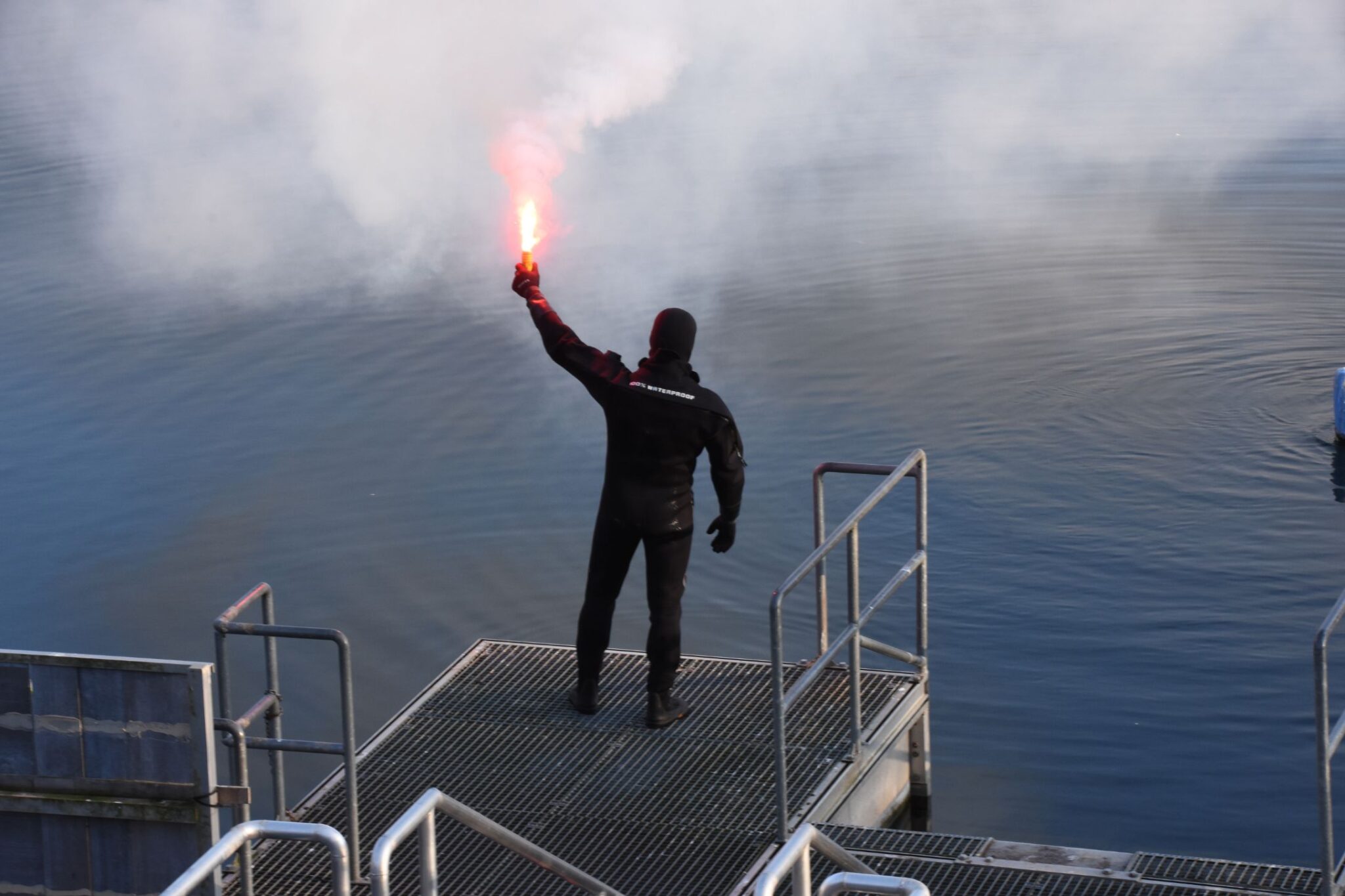
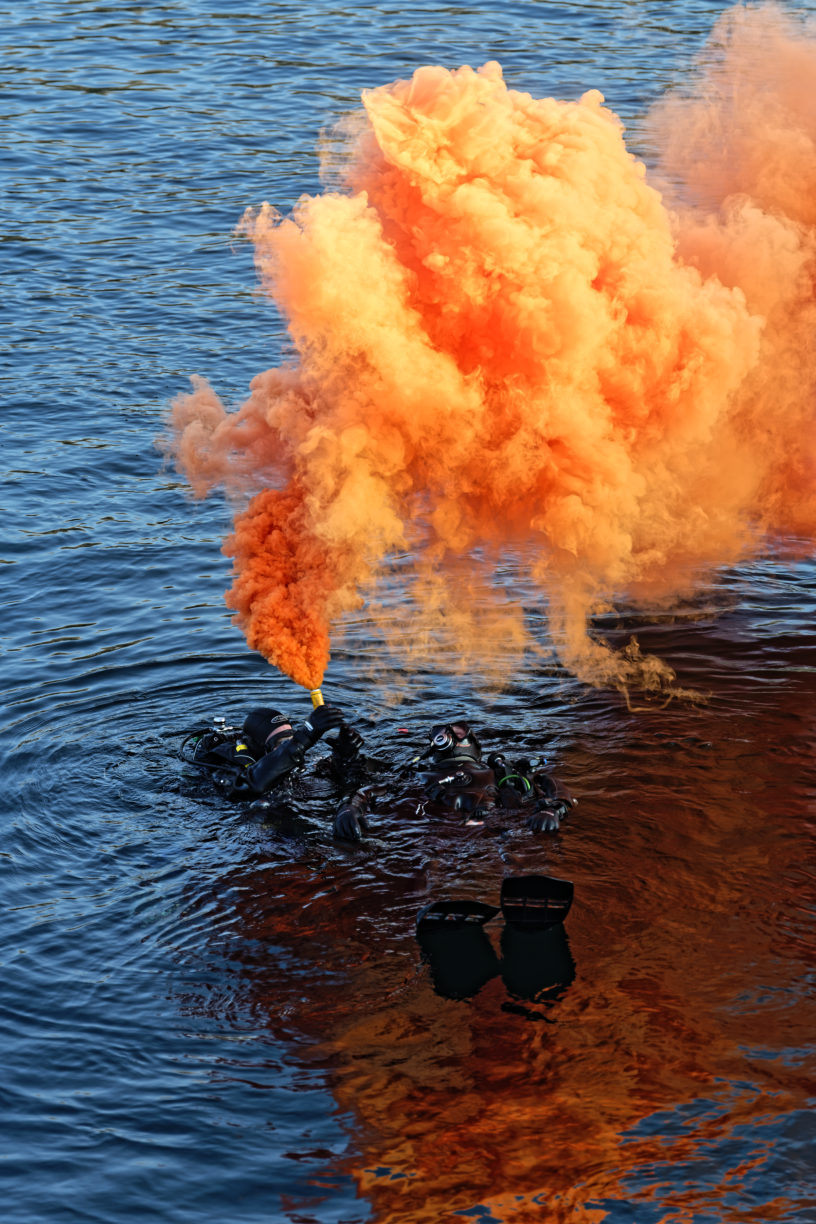
Diver requiring help was pulled out of the water safely while another diver was in the water supervising and standing by in case of required extra support.
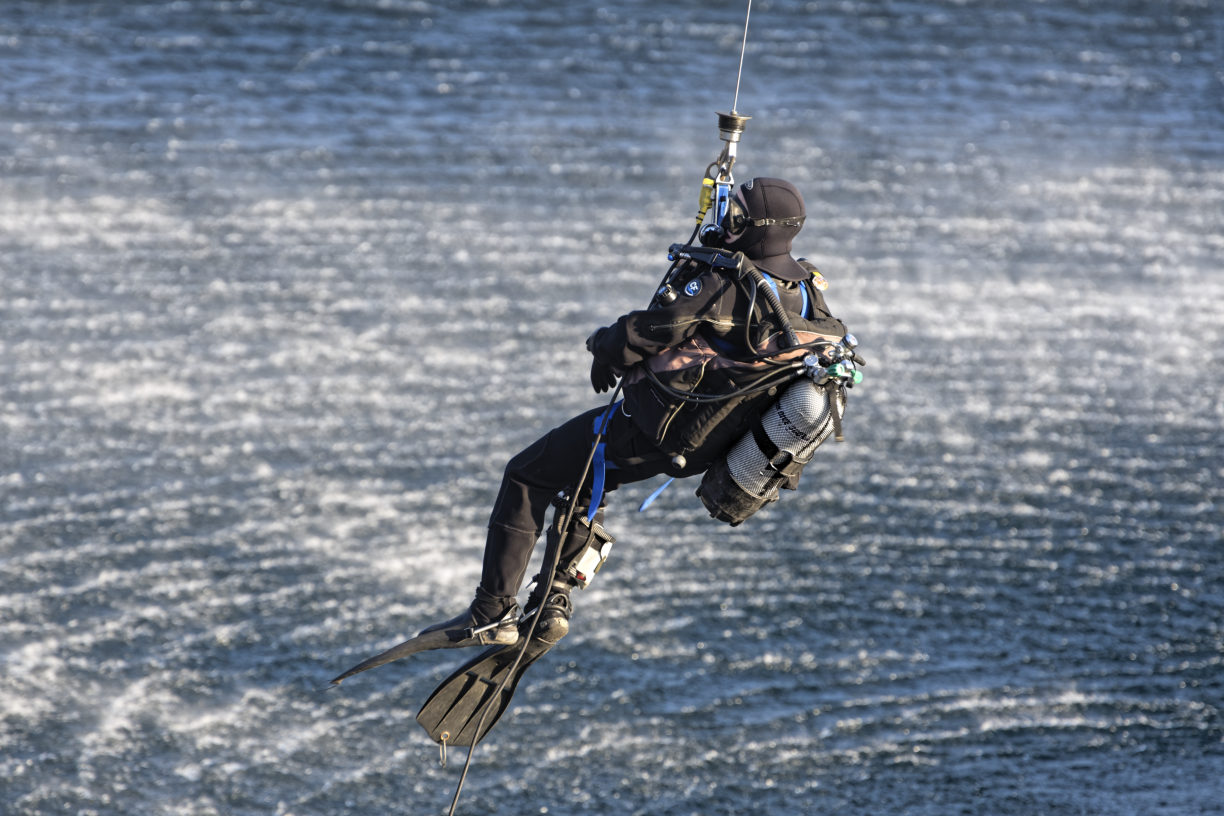
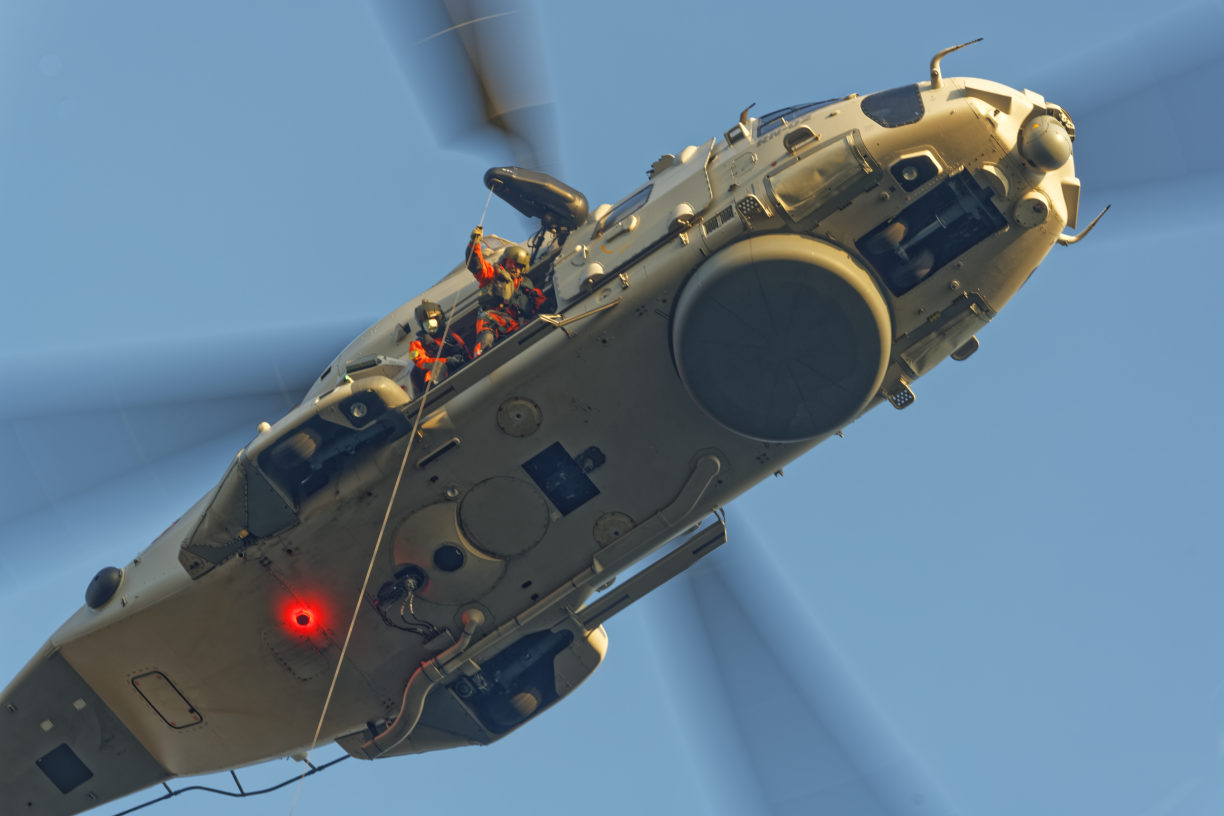
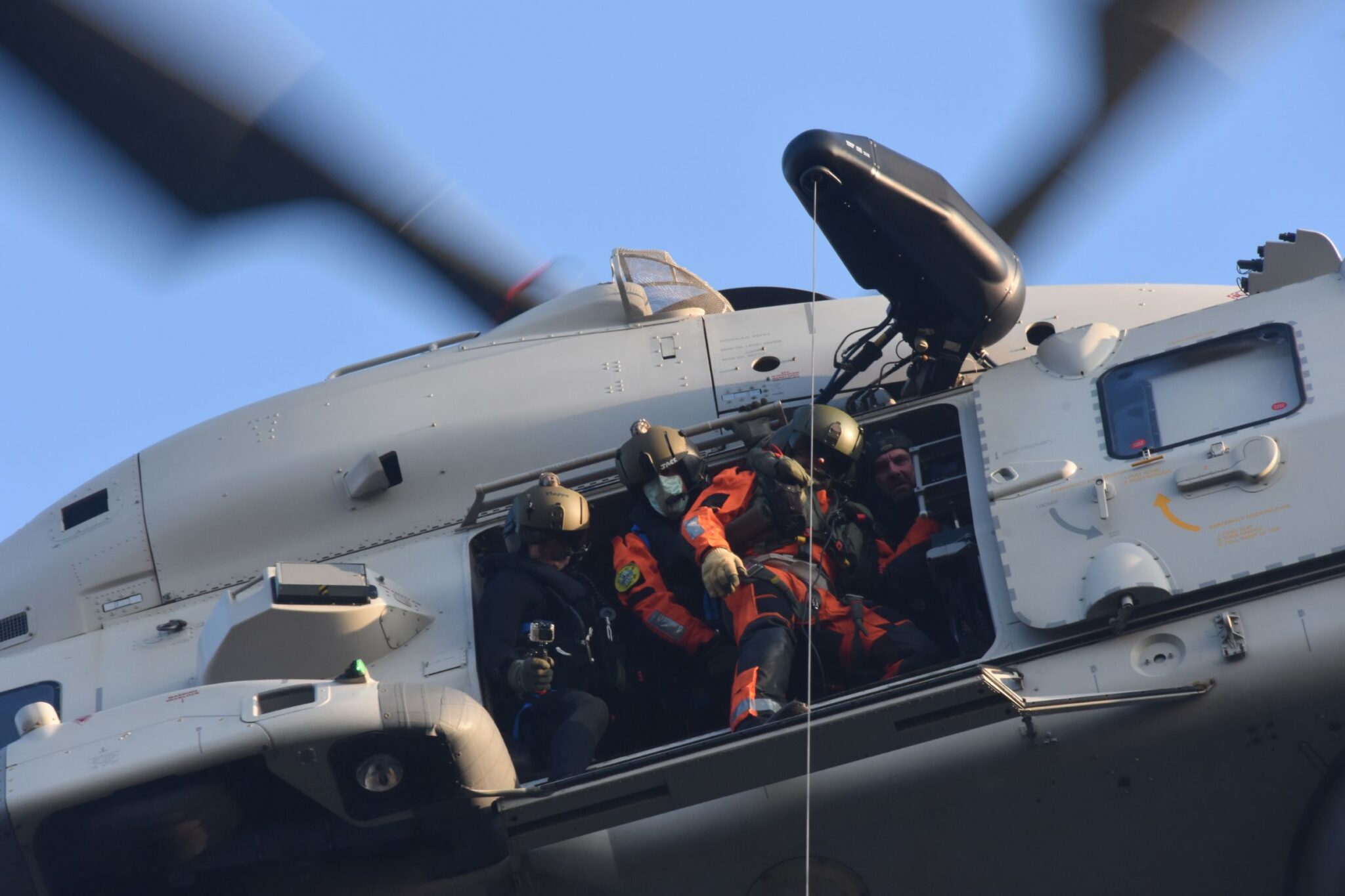
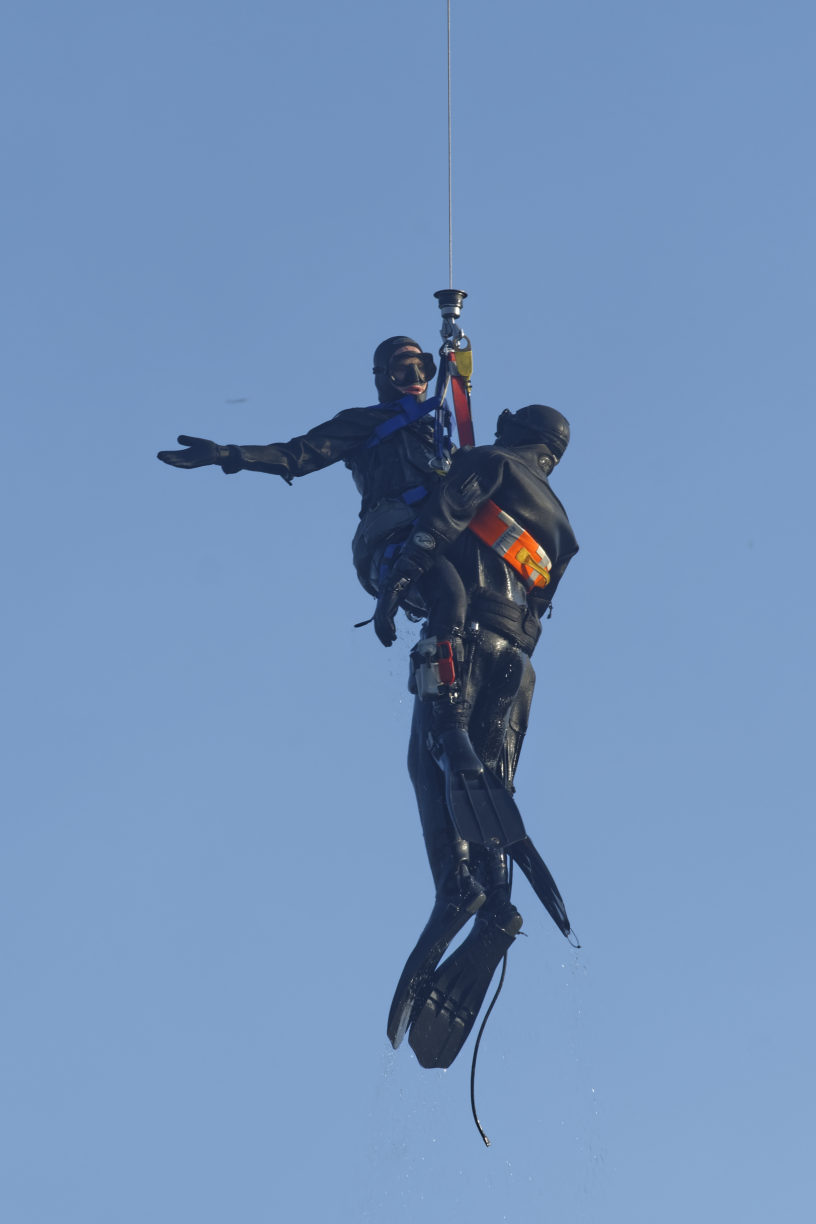
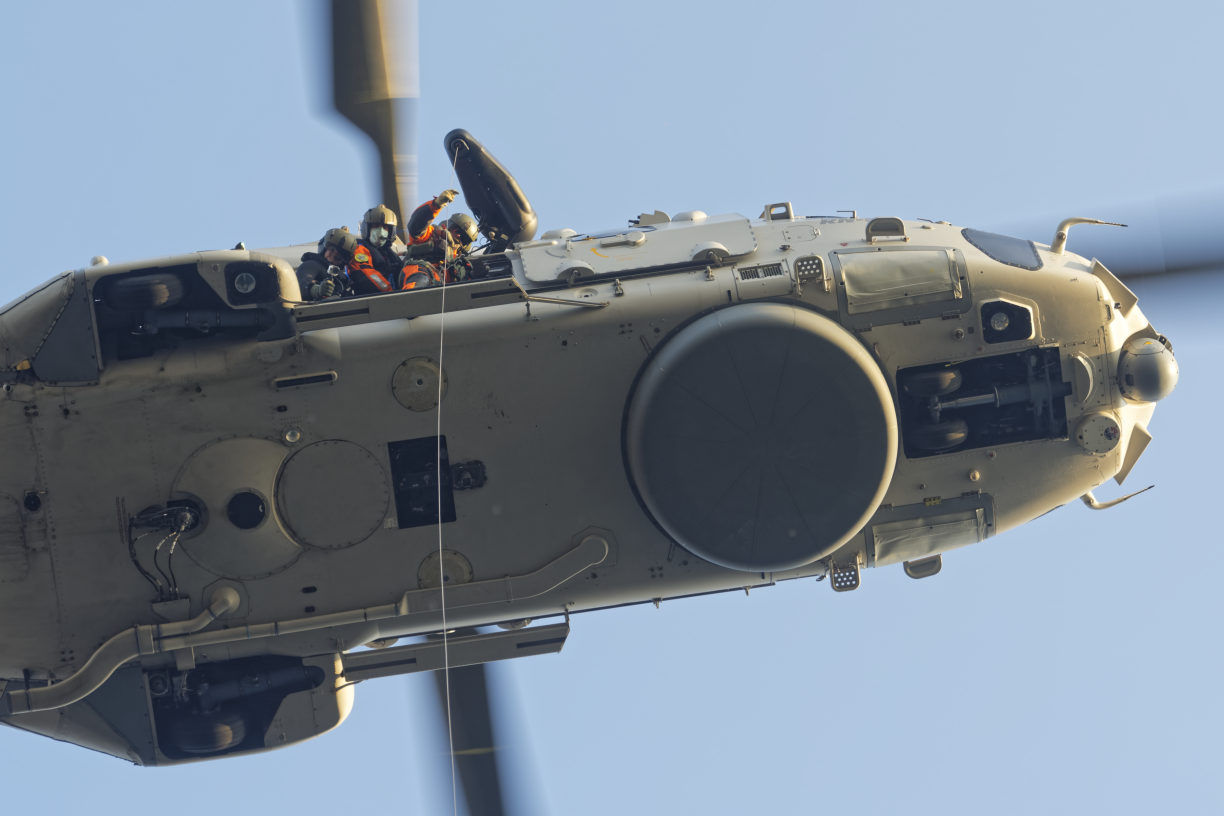
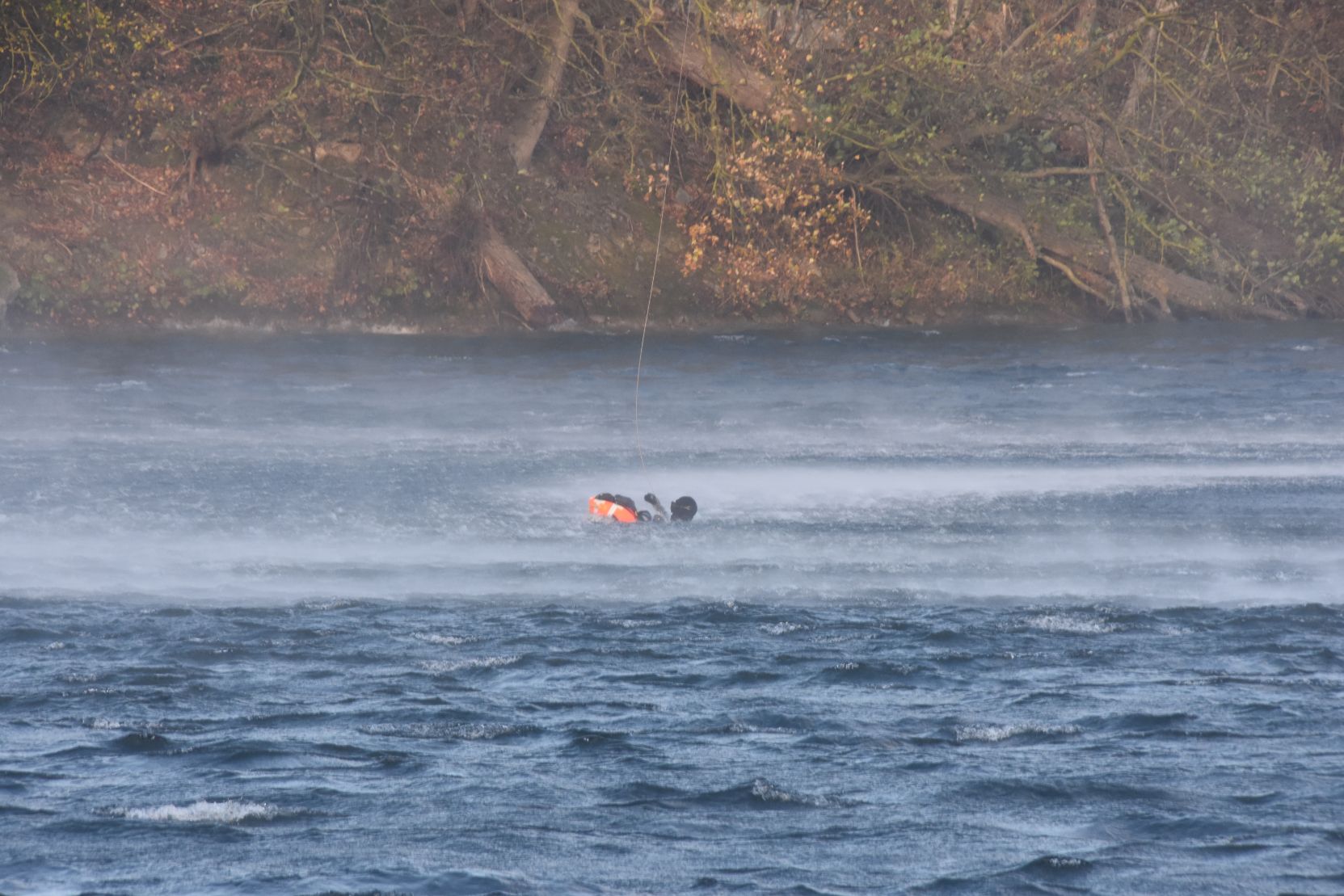
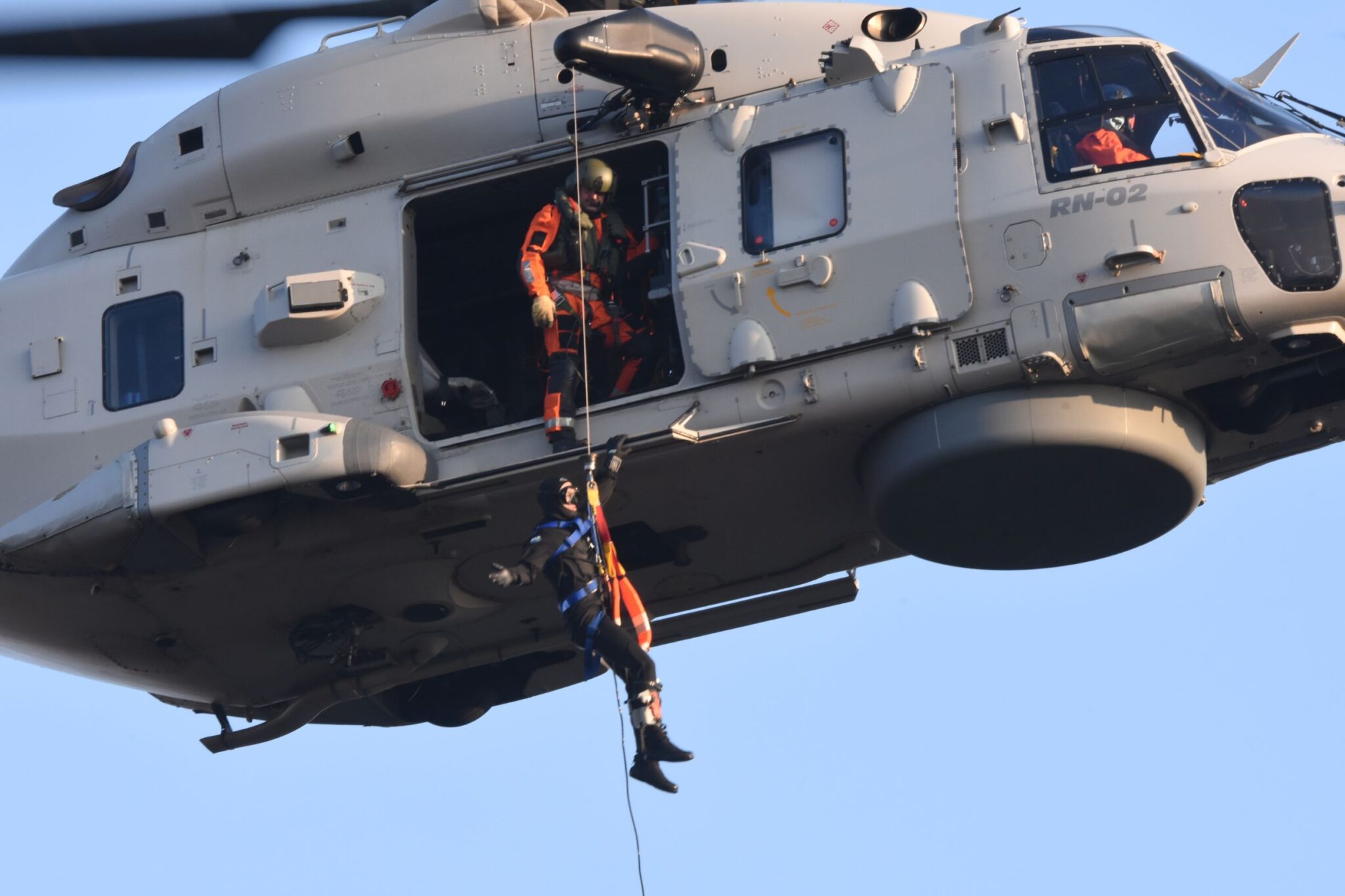

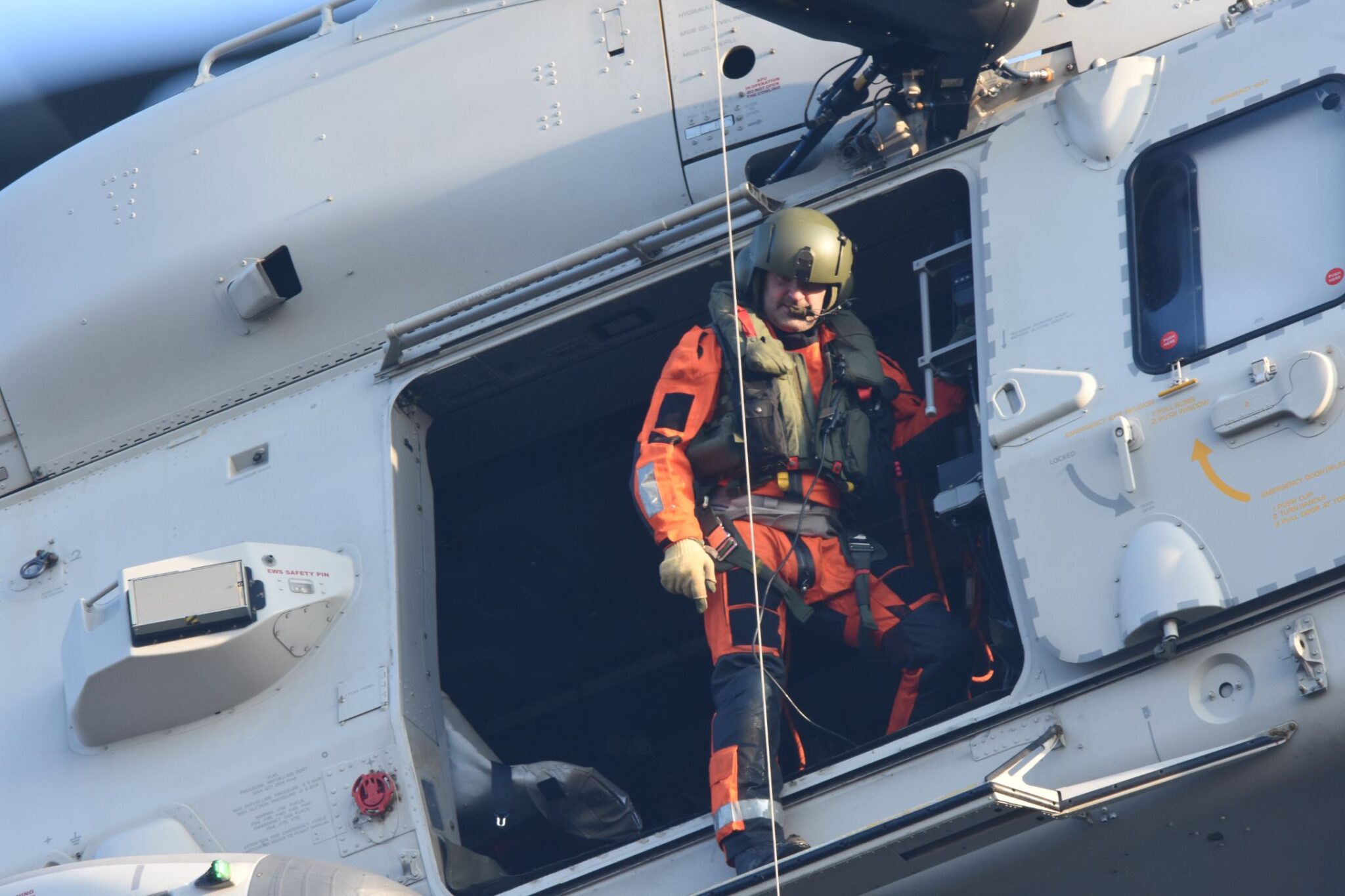
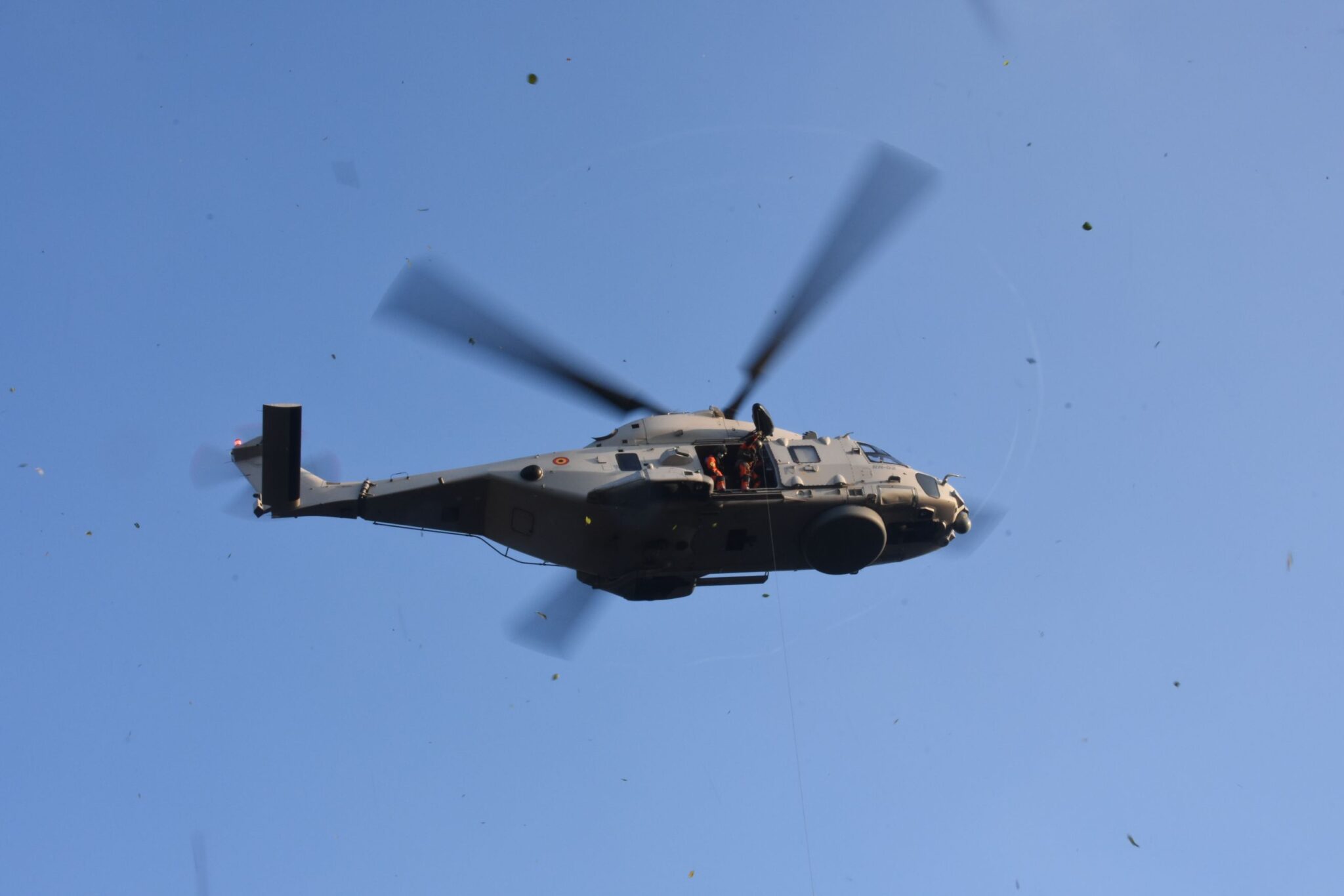
About the Belgian NH-90 Helicopters
Belgium has 8 NH-90 type helicopters, four of which are in the NATO Frigate Helicopter version in NATO jargon (NFH). It is this last version that interests us today. Belgium signed the purchase contract for these eight helicopters in 2007 for an amount of 300 million euros.
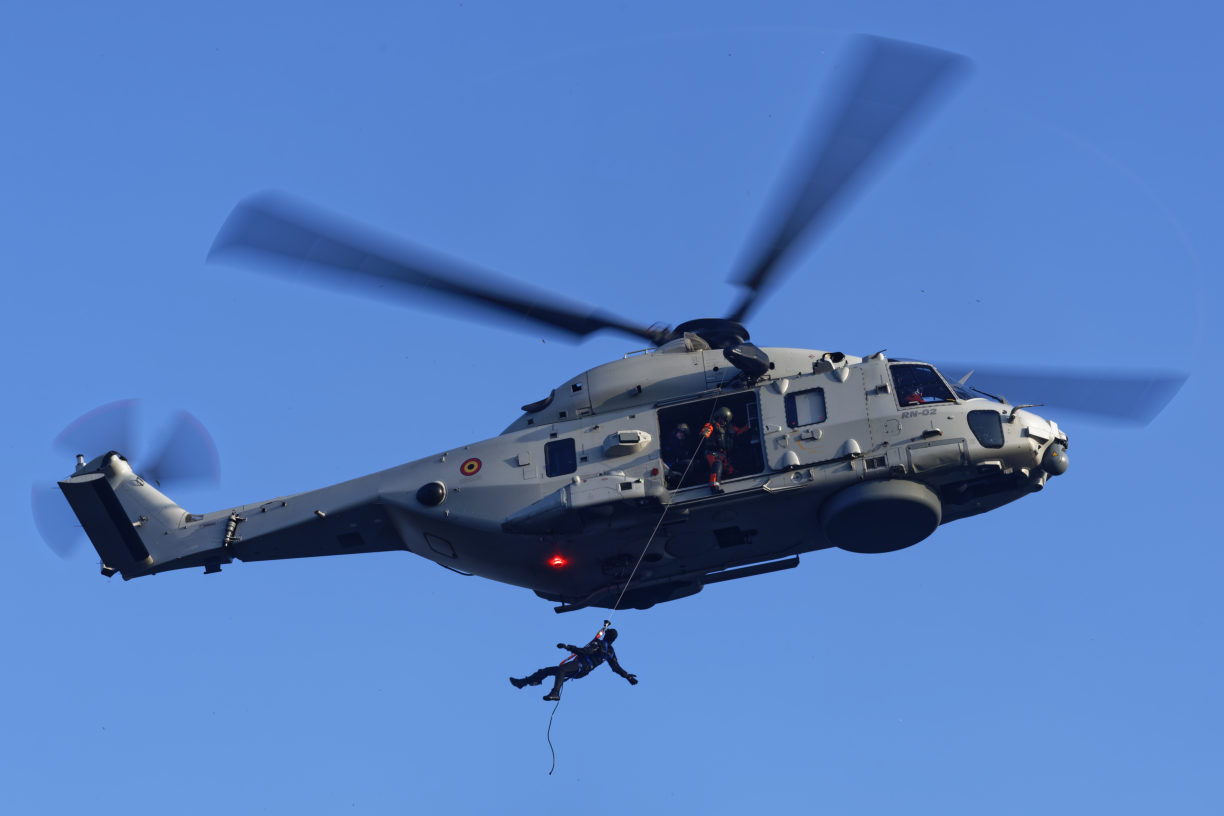
The NH-90 is a Fly by Wire type flight control machine with a transportable load of 4 tons. This NFH version has been developed in the role of maritime surveillance, support helicopter, search & rescue (SAR), air alert control. Its advanced equipment allows it to operate day and night in difficult weather conditions. Countries like Germany, France, Italy, the Netherlands and Spain operate this version.
These four NFHs replaced the venerable Seakings in 2019. They are based in Koksijde Airbase (EBFN) and are expected to move to new quarters at Ostend airport (EBOS) in 2023.
They are now well known along the Belgian coasts with many interventions at sea to rescue boats in distress. The position of the Koksijde base allows rapid interventions in the Channel region, with its range of more than 800 km and its high speed (272 km/h), the NH-90 is a modern tool to perform these tasks. It should not be forgotten either that they also carry out missions within the country with, among other things, patient transfers or organ transport.
The crew is made up of five members with: two pilots (including the captain), a cabin operator who will take care of the winch, among other things, a nurse specialising in care during SAR interventions and a diver.
It is mainly for the training of the latter that the NH-90s visit the Barges quarry in Tournai three to four times a year for practices.



